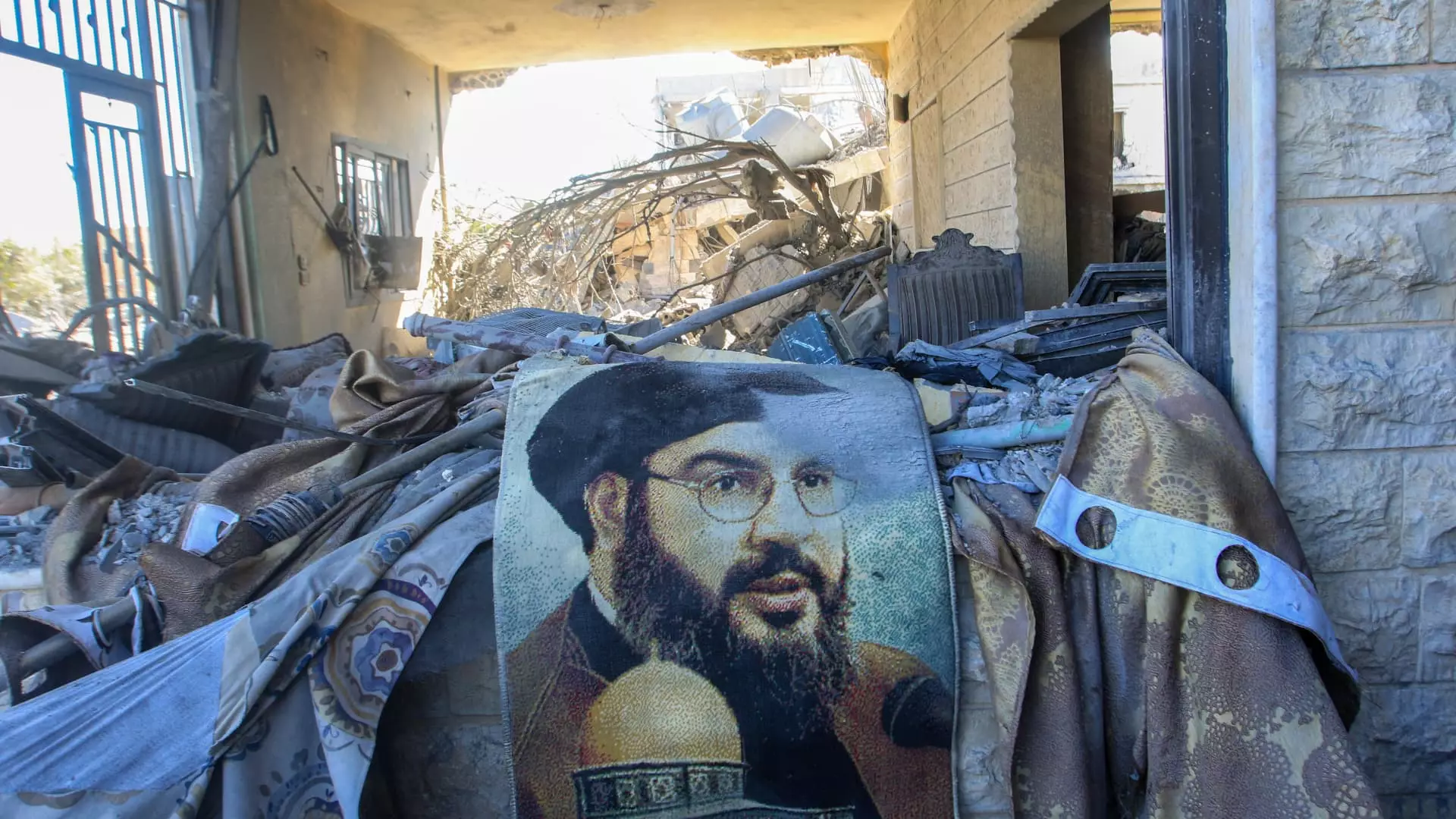In the wake of an unprecedented Israeli airstrike believed to target Hashem Safieddine, a potential successor to the recently slain Hezbollah leader Sayyed Hassan Nasrallah, the regional stability has been thrown into a precarious state. The airstrike, part of Israel’s intensified military campaign against Hezbollah, took place in the southern suburbs of Beirut, an area known as Dahiyeh. This event follows the significant escalation of hostilities between Israel and Hezbollah, characterized by a series of retaliatory strikes and military operations across Lebanon.
Reporting from various sources indicates that Safieddine has been uncontactable since the airstrike, leading to speculations about his potential injuries or even death. This situation reflects the broader strategic calculation by Israel, which appears to aim not only at neutralizing Hezbollah’s operational capabilities but also at dismantling its leadership structure. Analysts suggest that the succession planning within Hezbollah has been significantly disrupted, which could have dire implications for the group and its Iranian patron.
Israeli airstrikes on Beirut have reportedly focused on high-value targets associated with Hezbollah’s intelligence operations. The Lebanese security apparatus has been constrained in its response, as ongoing bombardments have hampered rescue efforts in affected areas. This ongoing violence comes on the heels of a series of aggressive Israeli military actions over the past year, with a marked uptick in intensity and scope in the recent days.
The tactical advantage gained through these airstrikes can be substantial, as the loss of key figures in Hezbollah may embolden Israeli forces. Previous intelligence estimates indicate that Israeli operations have already weakened Hezbollah considerably, exacerbating the group’s challenges in maintaining cohesion and effectiveness, particularly in light of the pressing threat from a resurgent adversary like Israel.
The situation has wreaked havoc on Lebanese civilians, forcing massive displacements across the country, with reports indicating that around 1.2 million individuals have fled their homes due to the violence. Dahiyeh, once a lively neighborhood and Hezbollah stronghold, has been reduced to rubble, showcasing the devastating costs of the conflict on civilian infrastructure. With many fleeing towards other parts of Beirut or into the mountainous areas of Lebanon, the humanitarian crisis is increasingly becoming a focal point for aid organizations and foreign observers.
The implications extend beyond mere military engagements; they reflect a deepening sense of insecurity in the region. As Israel escalates its campaign, the risk of wider regional conflict looms large, particularly as civilian casualties mount. Such developments engender local resentment and could galvanize further support for groups opposing Israeli presence, undermining both humanitarian and political resolutions in the region.
The conflict’s backdrop is further complicated by the involvement of external actors, notably Iran. Iran’s backing of both Hezbollah and Hamas positions it as a key player in the ongoing unrest. Following recent airstrikes targeting Iranian assets and personnel, Iran has exhibited retaliatory behavior, including launching ballistic missiles towards Israeli territories, albeit with limited impact. These reactions highlight the ongoing tit-for-tat exchanges that characterize the current phase of regional conflict.
The United States has found itself navigating this complex landscape as it seeks to balance support for Israel while advocating for restraint in the face of mounting violence. President Biden’s call for Israel to consider alternatives to further strikes on Iranian oil fields underscores a cautious approach, aiming to mitigate the potential for a broader escalation.
Further complicating the situation, discussions of military support and strategic advisors placed on the ground by U.S. forces indicate a reassessment of military postures in light of the evolving situation. The arrival of top military officials from the U.S. in Israel reflects the heightened concern over the implications of this conflict for regional stability.
Looking Ahead: The Future of Hezbollah and the Region
The unraveling of Hezbollah’s leadership and the ongoing violence present a significant turning point not just for Lebanon but for the entire Middle East. As Israel’s strategy evolves, the future of Hezbollah hangs in the balance, with key issues such as leadership succession, operational viability, and public support taking center stage.
In summation, as both military and civilian casualties continue to rise, the ramifications of this crisis resonate far beyond the immediate borders. It sets the stage for a potential reshaping of alliances, conflicts, and the geopolitical landscape in a region that has long been fraught with tension. The coming days and weeks will be critical in determining whether diplomatic channels can be leveraged to deescalate the situation or if the cycle of violence will continue unabated.


Leave a Reply